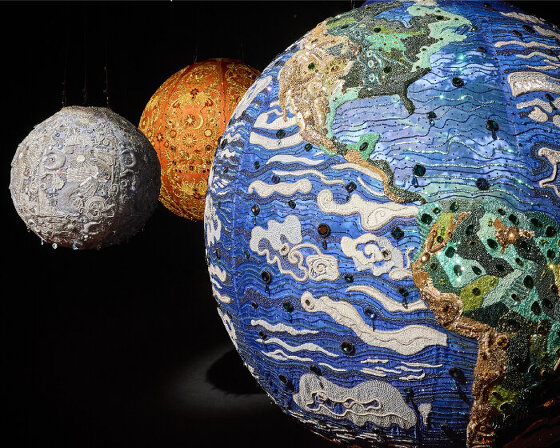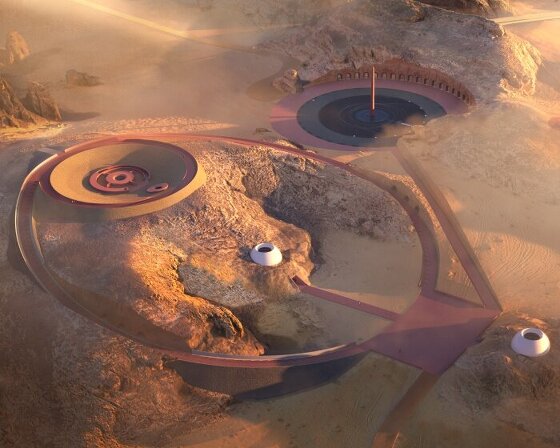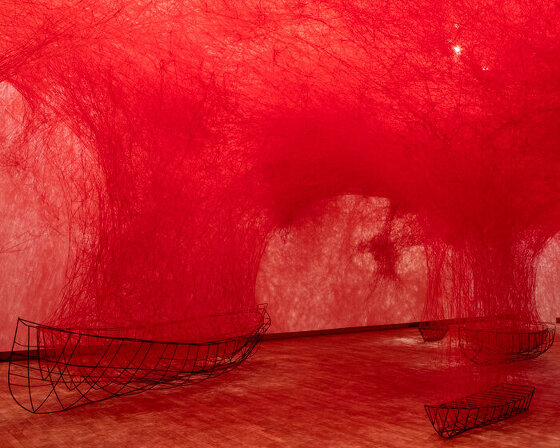left: anna utopia giordano’s reinterpretation of ‘venus, cupid, folly and time’ by angelo bronzino , 2012 right: ‘venus, cupid, folly and time’ by angelo bronzino, 1545
anna utopia giordano in ‘why goddesses are so beautiful: love and beauty in antiquity’ museum het valkhof, nijmegen, the netherlands on now until august 12th, 2012
italian artist anna utopia giordano has developed a modern reinterpretation of romantic representations of venus through the use of photoshop. the antiquated manifestations of the artistic motif ‘venus anadyomene’ in addition to the goddess in classical repose morph the rubenesque depictions of idealized females into figures which more closely match the physical aspirations of the modern woman. giordano reconfigures these iconic representations to embody the notion of the current aesthetic standards of beauty as she transforms voluptuous figures into trimmed goddesses. images of venus, the goddess of love has been employed by giordano to act as a cohesive framework from which to organize a collection of thinned waists, slimmed arms, legs and stomachs in combination with an enhanced bust to portray the appreciated aesthetic of the 21st century.
designboom had the opportunity to check in with anna utopia giordano to gain further insight into her remastered painting series.
designboom: when did you first think of recreating old masters venus paintings with a modern lens? and how did the venus project begin?
anna utopia giordano: ‘I started ‘venus’ a couple of years ago, but I uploaded the project on my site in march-april 2011. the idea comes while I was retouching photographs for a friend’s book and i was thinking on our society, social networks and the urgency of being. to be accepted, be (the) present, transforming the appearance into being. in other words all the dynamics behind the human evolution, the natural consequence of what was in the past. I selected paintings depicting venus because she is known to be the goddess of beauty. one of the topics touched by ‘venus’ is the change of the aesthetic canon, it seemed appropriate to me to choose precisely the icon of beauty for excellence.’
giordano’s ‘venus’ project is displayed in the exhibition ‘why goddesses are so beautiful: love and beauty in antiquity’ at the museum het valkhof nijmegen, the netherlands now until august 12th, 2012.
 anna utopia giordano’s reinterpretation of ‘venere di urbino’ by tiziano, 2012
anna utopia giordano’s reinterpretation of ‘venere di urbino’ by tiziano, 2012
 ‘venere di urbino’ by tiziano, 1538
‘venere di urbino’ by tiziano, 1538
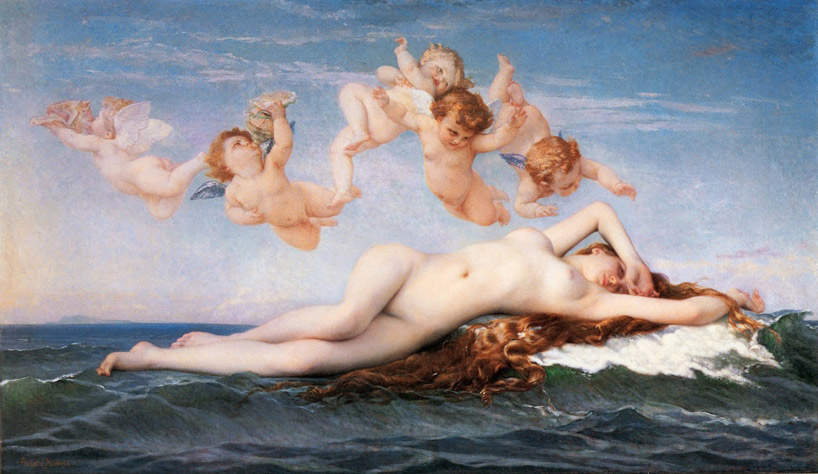 anna utopia giordano’s reinterpretation of ‘the birth of venus’ by alexandre cabanel, 2012
anna utopia giordano’s reinterpretation of ‘the birth of venus’ by alexandre cabanel, 2012
 ‘the birth of venus’ by alexandre cabanel, 1863
‘the birth of venus’ by alexandre cabanel, 1863
 left:anna utopia giordano’s reinterpretation of ‘venus anadyomäne’ by jean auguste dominique ingres, 2012 right:’venus anadyomäne’ by jean auguste dominique ingres, 1848
left:anna utopia giordano’s reinterpretation of ‘venus anadyomäne’ by jean auguste dominique ingres, 2012 right:’venus anadyomäne’ by jean auguste dominique ingres, 1848
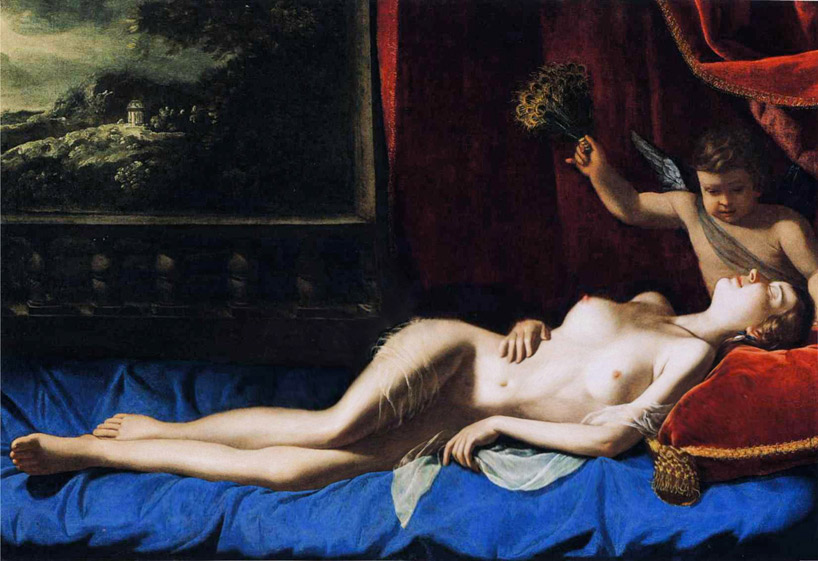 anna utopia giordano’s reinterpretation of ‘the sleeping venus’ by artemisia gentileschi, 2012
anna utopia giordano’s reinterpretation of ‘the sleeping venus’ by artemisia gentileschi, 2012
‘venus is a way to stimulate debate on current delicate issues. one of the main purposes is to highlight the change of aesthetic canon through the centuries and the subjectivity of beauty ideals; this leads even talking about major issues such as the large use of photo-editing software in advertising, the role of media in the consolidation of standards of beauty and terrible diseases like anorexia and bulimia. however, what I did, leads to another question: what will be the perception of themselves, and then of the other, between two centuries?‘ -anna utopia giordano
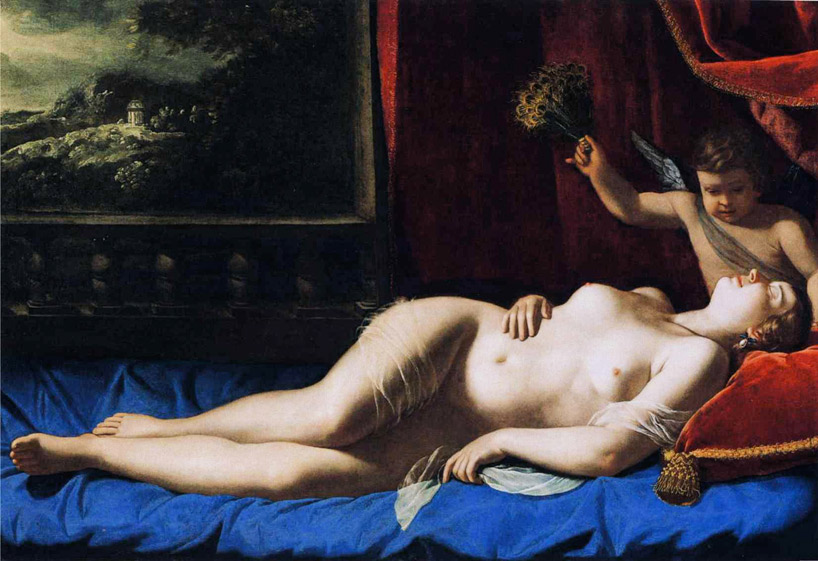 ‘the sleeping venus’ by artemisia gentileschi, 1625-30
‘the sleeping venus’ by artemisia gentileschi, 1625-30
 anna utopia giordano’s reinterpretation of ‘la nascita di venere’ by sandro botticelli, 2012
anna utopia giordano’s reinterpretation of ‘la nascita di venere’ by sandro botticelli, 2012
 ‘la nascita di venere’ by sandro botticelli, 1486
‘la nascita di venere’ by sandro botticelli, 1486
 left: anna utopia giordano’s reinterpretation of ‘venere’ by francesco hayez, 2012 right: ‘venere’ by francesco hayez, 1830
left: anna utopia giordano’s reinterpretation of ‘venere’ by francesco hayez, 2012 right: ‘venere’ by francesco hayez, 1830
 anna utopia giordano’s reinterpretation of ‘venere e cupido’ by diego velazquez, 2012
anna utopia giordano’s reinterpretation of ‘venere e cupido’ by diego velazquez, 2012
 ‘venere e cupido’ by diego velazquez, 1648
‘venere e cupido’ by diego velazquez, 1648
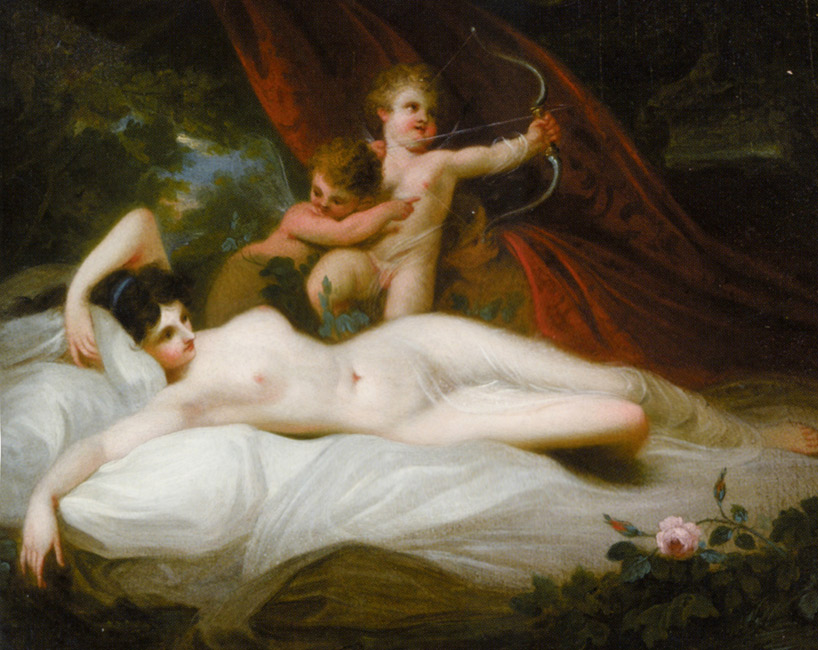 anna utopia giordano’s reinterpretation of ‘the power of venus’ by westal richard, 2012
anna utopia giordano’s reinterpretation of ‘the power of venus’ by westal richard, 2012
 ‘the power of venus’ by westal richard
‘the power of venus’ by westal richard
 left: anna utopia giordano’s reinterpretation of ‘the birth of venus’ by william-adolphe bouguereau, 2012 right: ‘the birth of venus’ by william-adolphe bouguereau, 1879
left: anna utopia giordano’s reinterpretation of ‘the birth of venus’ by william-adolphe bouguereau, 2012 right: ‘the birth of venus’ by william-adolphe bouguereau, 1879


